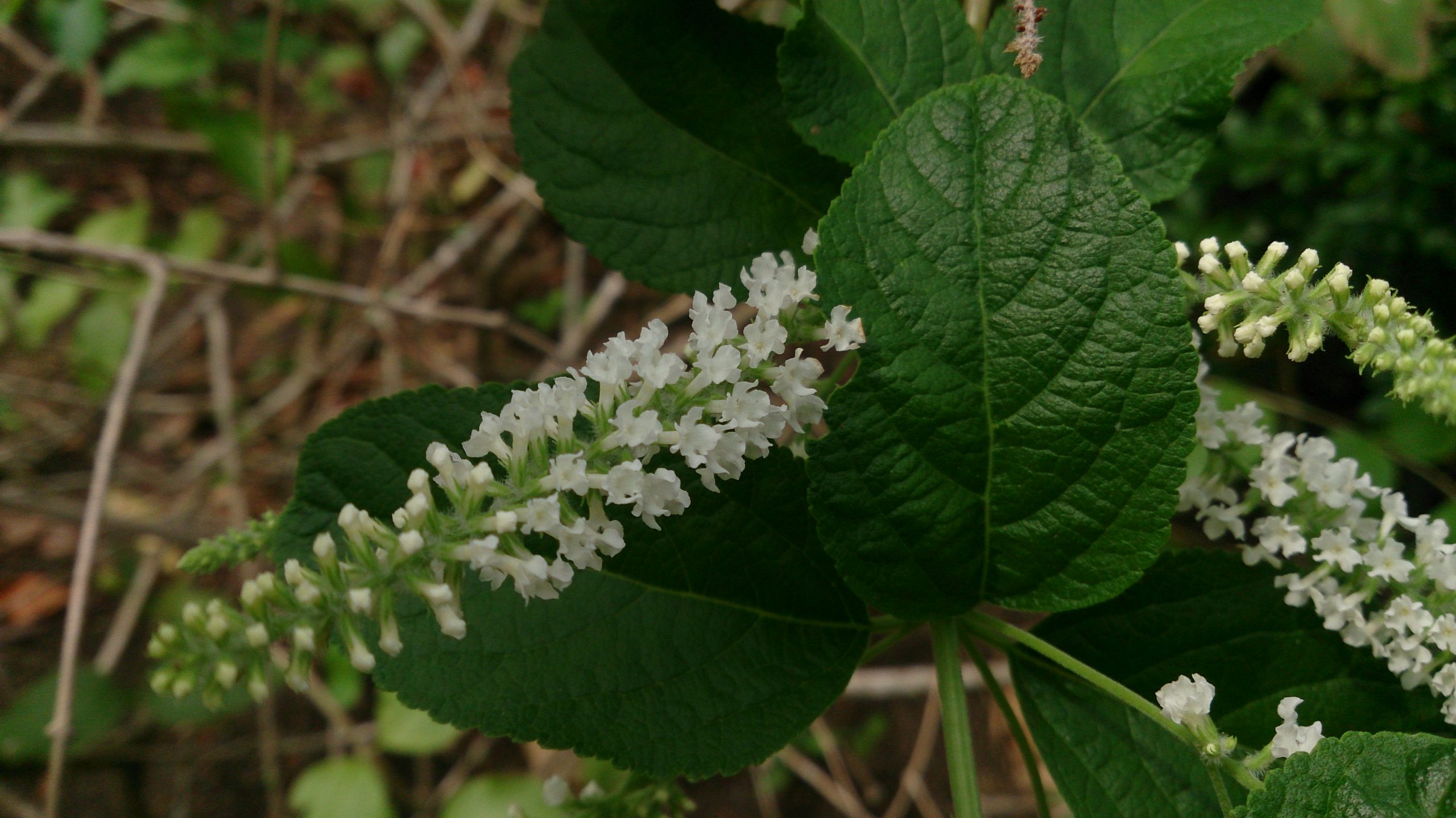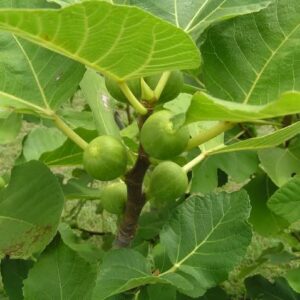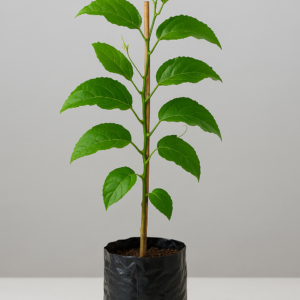Description
Description for Buddleja asiatica
B. asiatica can grow < 7 m tall in the wild. The leaves are usually narrowly lanceolate to ovoid, < 30 cm long, attached by petioles 15 mm long, to branches round in section. The sweetly scented flowers are usually white, occasionally pale violet, and borne in late winter at the ends of the long, lax branches in slender panicles, the size of which can vary widely according to source.
Planting and care
Plant care may require a bit of effort, but the results are well worth the work. Not all plants are fragrant, but the most common and hardy do produce a sweet, carrying fragrance. Common is a vine and has larger glossy green leaves than Royal. Both can survive in temperate climates if they are planted in a sheltered area. Arabian is a small bush with evergreen leaves.
Caring for Buddleja asiatica
- Epsom salts along with your fertilizer; the magnesium sulfate will encourage new growth from the bottom of the bush Prune plants every spring and destroy all old or diseased plant material. Wear elbow-length gloves that are thick enough to protect your hands from thorns or a clumsy slip, but flexible enough to allow you to hold your tools.
Typical uses of Buddleja asiatica
Special features: Provides attractive summer to early fall flowers when few other shrubs are in bloom. Grow in borders, cottage gardens, rose gardens or butterfly gardens. Popular fresh cut flower.
but can be grown reliably against a south-facing wall in coastal areas of the south and west.
This plant is attractive to bees, butterflies and/or birds
Flowers are fragrant
Culinary use: Food colouring
perfume
The dried and powdered root is used in the preparation of a fermented liquor
The flowers are sometimes cooked and eaten as a flavouring
A yellow liquid obtained from boiling the flowers is used as a colouring for rice.
In Nepal leaves of B. asiatica are collected as fodder for domesticated animals, and the trunk is cut for firewood.
During Thangmi wedding rituals, the female relatives of the groom wear necklaces made of the white flower.
Ornamental use: The plant is used for ornamental purpose.
Medicinal use: The plant has been used as an abortifacient and also in the treatment of skin complaints
The juice f the plant is applied as a wash to treat skin diseases
Delivery: With in one day
Any questions, feel free contact us:






Reviews
There are no reviews yet.